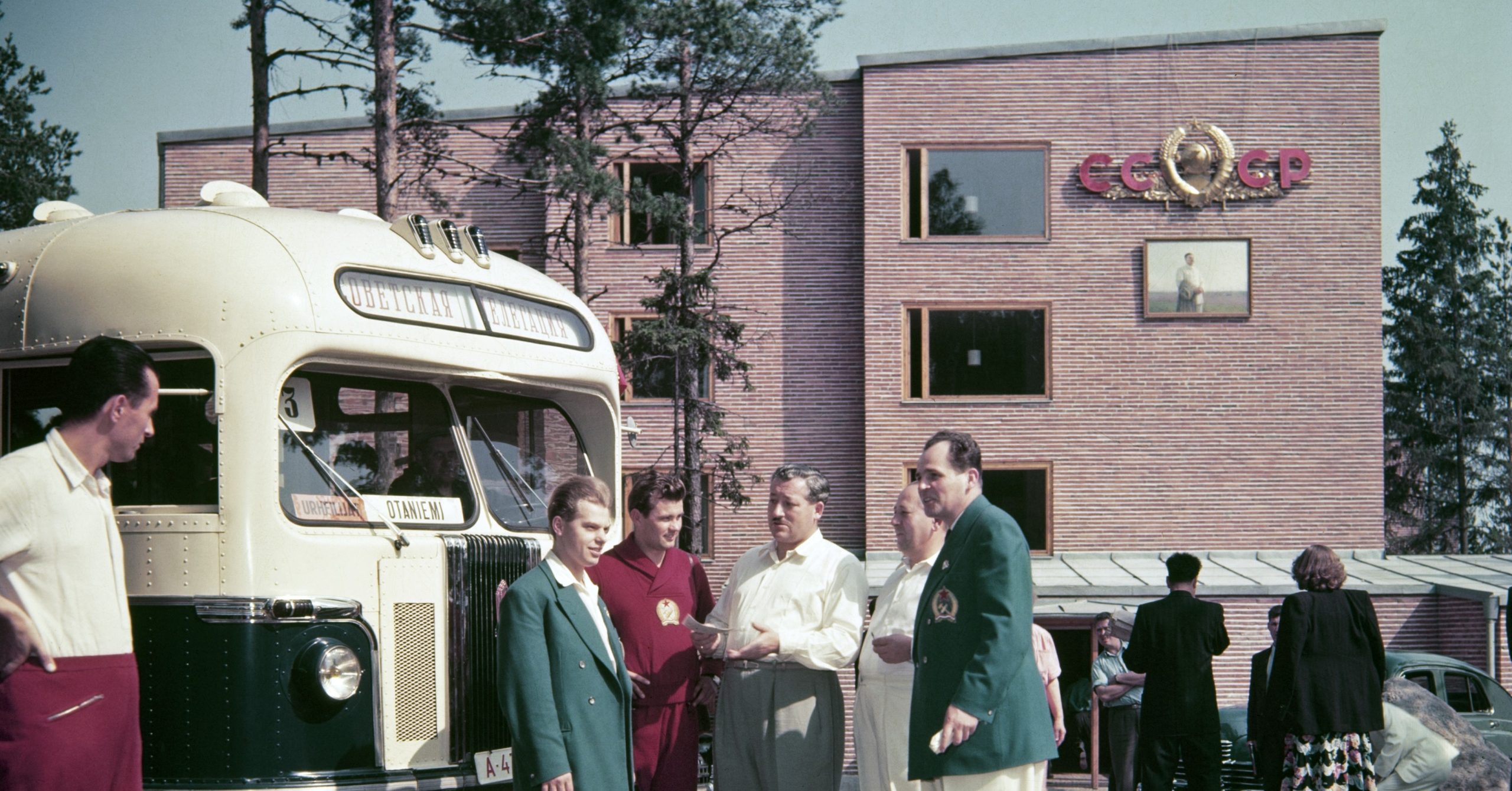Several publications claim that at the first Olympic Games for the USSR in Helsinki, their own village was built for the Soviet delegation. We checked whether this is actually true.
In 1952, athletes from the USSR participated in the Olympics for the first time - the previous time the Russian delegation came to the games in Stockholm was back in the days of the Russian Empire. Popular publications about these competitions claim that Finland built its own Olympic village for the Soviet team so that our athletes would live separately from the rest. For example, the author of one of the blogs on Sports.ru. Similar statement voiced and Leonid Parfyonov in a series of his YouTube project “Namedni”, dedicated to 1952.
The 1952 Summer Olympics became iconic in many ways. In particular, several states took part in the competition for the first time: the People's Republic of China, Hong Kong, Indonesia, Thailand, Israel, the now defunct Saarland Protectorate and the USSR. At their debut Olympics, Soviet athletes took second place in the unofficial medal standings.
The Cold War left its mark on the competition. For example, the US National Olympic Committee was able to attract additional funding in the wake of the upcoming sports confrontation with the USSR. Because of the conflict between Stalin and Tito, the match between the football teams of the USSR and Yugoslavia acquired special significance. After the defeat of the Soviet team coach Boris Arkadyev deprived title of Honored Master of Sports.
In such conditions, the question of cohabitation of athletes from capitalist and communist countries in one Olympic village became acute. Initially Soviet leadership planned to settle the national team in Leningrad and transport athletes every day to competitions in Finland, but this idea was abandoned. At the same time, the Finnish side was not ready to accommodate all the Olympic participants in one place - the village built for the 1940 Games, canceled due to the war, was designed for a smaller number of guests.
As a result, a compromise solution was found: athletes from the USSR and other Eastern European countries were settled in Otaniemi, a town near Helsinki. Not long before this, the campus of the Helsinki University of Technology had just been completed there and the students had not yet settled in. It is symbolic that during construction used bricks from buildings that previously belonged to Finnish diplomatic missions in the USSR and were destroyed during the war. It is also important that the territory of the “communist” village was not isolated from “Western” athletes, and once the Soviet delegation even invited Americans for dinner.
Thus, at the 1952 Olympics in Helsinki, the Soviet delegation did not really live in the main Olympic village, but the statement in the title is still not entirely correct. Firstly, athletes from the USSR lived in Otaniemi along with representatives of other teams from Eastern Europe. Secondly, no one erected this building on purpose - thrifty Finns found the newly completed buildings of the future student dormitory, where guests from the USSR could be accommodated.
Half-truth
- https://www.olympic.org/Helsinki-1952
- Stephen Wagg, David Andrews. East Plays West: Sport and the Cold War
- https://youtu.be/OuWeSK1FO5w
- https://spb.hse.ru/ixtati/news/366451678.html
If you find a spelling or grammatical error, please let us know by highlighting the error text and clicking Ctrl+Enter.







